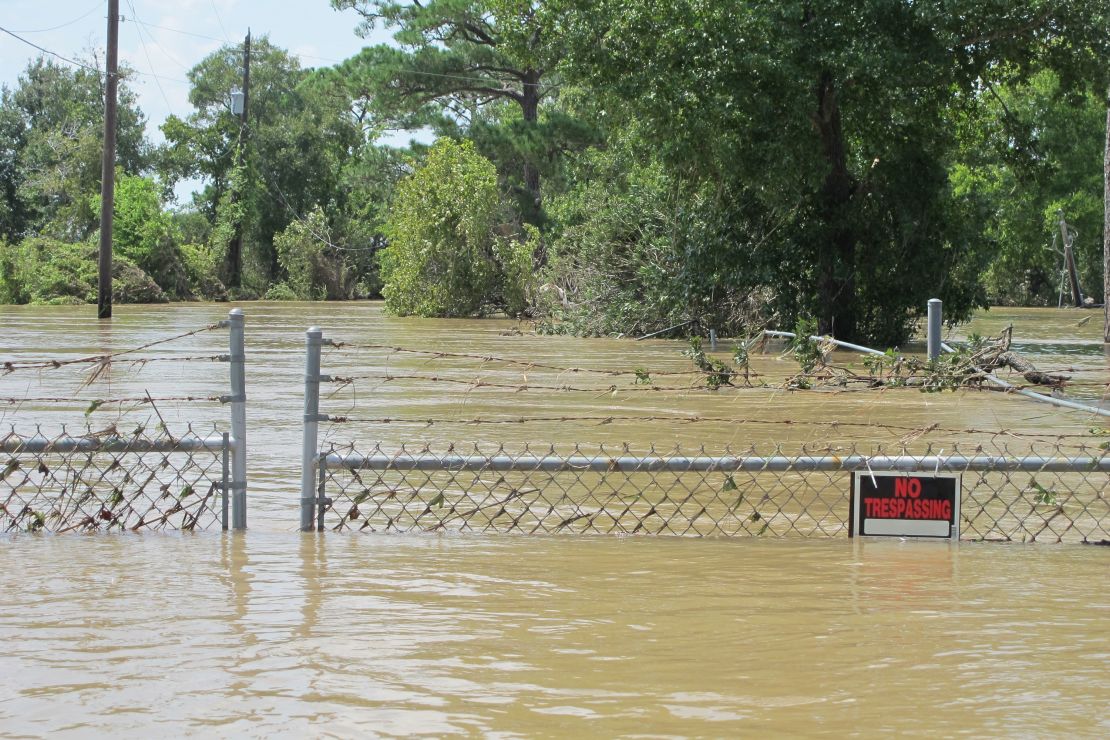Most of the nation’s most dangerous toxic waste sites, which threaten human health and the environment, are under a threat of their own: climate change. And the US government needs to do more to address those risks, a watchdog group says.
About 60% of more than 1,500 Superfund sites overseen by the Environmental Protection Agency are located in areas at risk of worsening flooding, storm surges, wildfires and sea level rise, the Government Accountability Office found a in a study released Monday.
Those natural disasters, made potentially worse by climate change, could damage toxic waste sites and release contaminants that are harmful to human health and the environment.

A group of US senators asked the GAO in 2017 to look into the threat that climate change poses to Superfund sites, and what the federal government could do about it. The request was led by Sens. Kamala Harris and Tom Carper, and signed by Bernie Sanders, Kirsten Gillibrand and Cory Booker, among others.
On Monday, the senators who initially requested the GAO study criticized the EPA for what they called a failure to climate change seriously.
“The Superfund program is not providing necessary resources and direction to regional officials that would help them assess and respond to site-specific risks due to climate change,” they wrote in a statement. “The lack of resources for regional offices is a direct result of EPA headquarters’ failure to embrace addressing climate change as a strategic objective.”
What the GAO recommended
The EPA has taken actions at some toxic waste sites to manage the risks posed by climate change, the GAO said. But it said the efforts were inconsistent and that more needed to be done to protect the environment and human health in the long-term.
The GAO issued four recommendations for the EPA, including creating guidelines to help managers of Superfund sites assess climate risks and responses and updating its Superfund site map.
The watchdog group also recommended that the EPA clarify how its goals and objectives align with its steps to manage health and environmental risks posed by climate change. The EPA’s missions don’t currently mention climate change, the GAO noted, which could hinder the agency’s ability to adequately address the problem.
“Without clarifying this alignment, EPA cannot ensure that senior officials will take an active role in strategic planning and accountability for managing these risks,” the watchdog agency said in the report.
The EPA rejected most of those recommendations, saying that its current protocol sufficiently addresses any risks posed by the Superfund sites.
“The EPA strongly believes the Superfund program’s existing processes and resources adequately ensure that risks and any effects of severe weather events, that may increase in intensity, duration, or frequency, are woven into risk response decisions at nonfederal NPL sites,” assistant administrator Peter Wright said in a statement.
The agency added that it was working on strengthening the capacity of its partners in states, tribes and local communities to assess those risks on their own.
Superfund sites have already been affected
The threats that climate change poses to Superfund sites have already proven to be a reality.
In 2018, the EPA reported that it was monitoring about nine contaminated Superfund sites in the path of Hurricane Florence that were at risk of being damaged.
And in 2017, the agency said that at least 13 toxic waste sites in Texas had been damaged in the wake of Hurricane Harvey.


